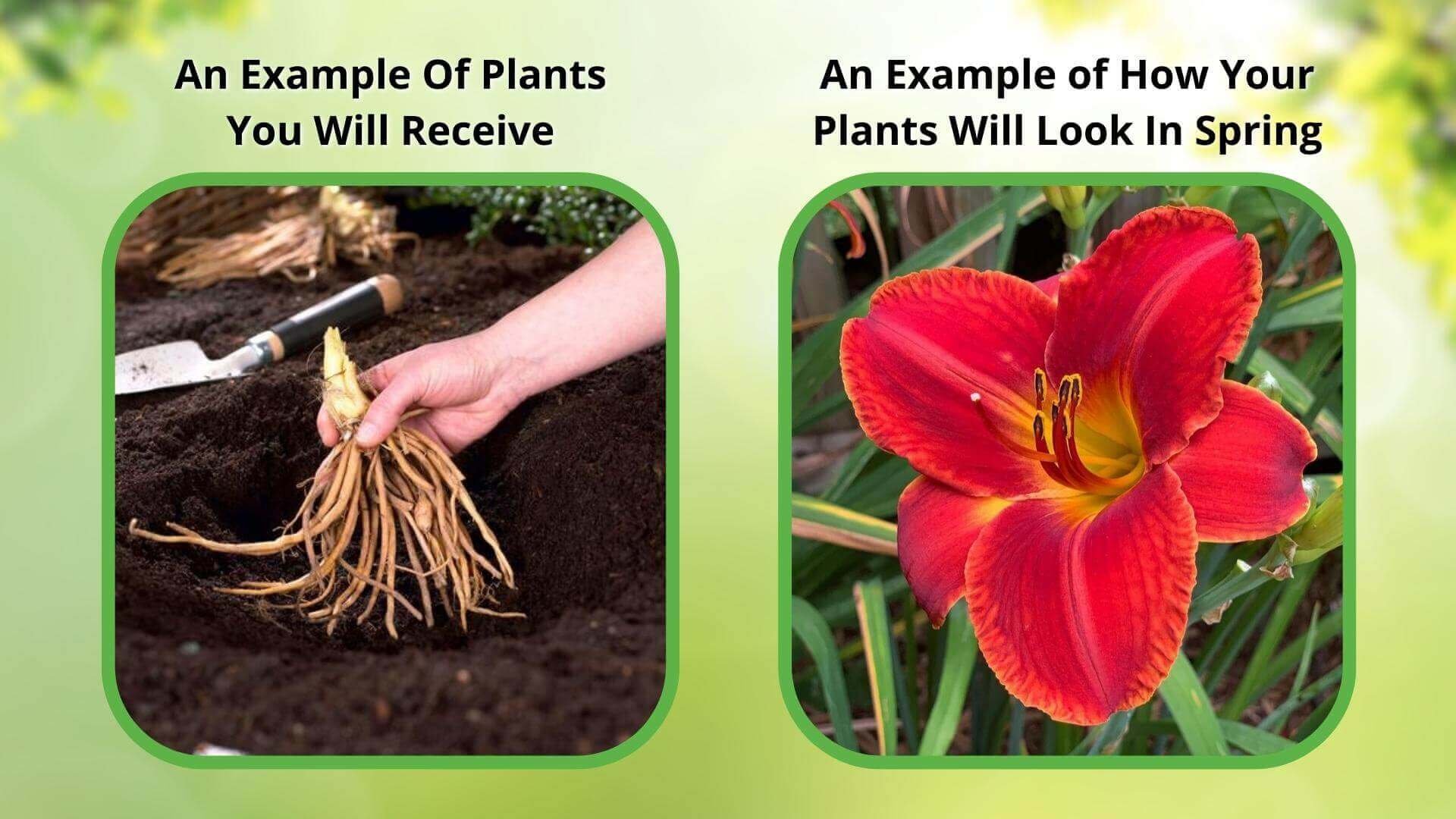Jacobs Ladder
Jacobs Ladder is a perennial wildflower with pinnate leaves and delicate, bell-shaped, blue to purple flowers arranged along its arching stems, adding grace to shady garden settings. It is a charming and distinctive perennial plant that offers many benefits when incorporated into landscaping designs. With its delicate clusters of bell-shaped flowers and elegant fern-like foliage, it brings a touch of enchantment and versatility to outdoor spaces.
Jacobs Ladder is officially known as Polemonium reptans or simply Polemonium. It's part of the Polemoniaceae or Phlox family and is sometimes called the American Greek valerian, stairway to heaven, sweet root, and abscess root. Many of its names reference the arrangement of the flowers, which can look like stairs or a ladder. The name is also a reference to a biblical story in the book of Genesis where one of the characters, Jacob, has a dream about a stairway to heaven. The Polemonium is a herbaceous perennial that is native to North America.
Jacobs Ladder Has Stunning Blooms
It is known for its bell-shaped blue or purple-colored flowers. The flowers usually grow to a height of about three-fourths of an inch and have five stamens. The plant tends to grow low to the ground, only reaching heights and widths of about one to two feet. This wildflower is known for its compounding leaves, meaning many leaves grow from one stem.
Jacobs Ladder Brightness Up Landscapes
It accompanies trees and shrubs and can brighten up woodland and shade gardens, especially in the spring when its flowers bloom. They also perform well in perennial borders where many other plants are taller than the stairway to heaven.
Jacobs Ladder Does Great Near Other Plants
It can be planted next to different trees, shrubs, and flowers. Some beneficial companion plants include hostas, lady ferns, lungwort, foam flowers, and coral bells. It also thrives next to spring beauties, Virginia water leaves, and oriental poppies.
Jacobs Ladder makes a great addition to flower and pollinator gardens. The bell-shaped flowers typically attract a wide variety of bees, butterflies, and birds, especially hummingbirds. These wildflowers can add color to many different types of outdoor gardens. Apartment and condo gardeners can enjoy planting it in pots or containers for balcony gardening or as an indoor plant to add color and life to their inside spaces.
This Is How Your Plants Will Look upon Delivery

Bloom Season
Spring
Bloom/Foliage Color
Purple
Height at Maturity
Under 12"
Quantity
In Stock
Sold out







